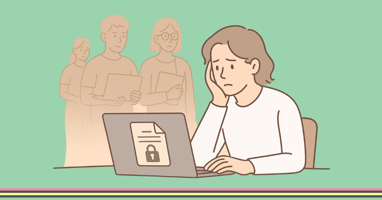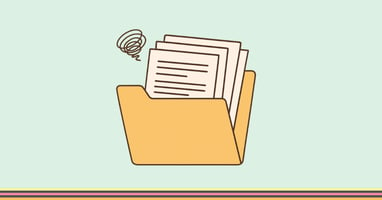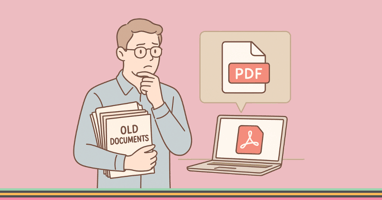Accessibility isn’t just compliance. It’s about people. Legacy documents can exclude blind, deaf,...
Inclusive Learning Starts with Accessible Resources

Not all students learn the same way. Accessible resources (tagged PDFs, captions, transcripts, and structured content) help every learner succeed. Discover how accessibility makes education inclusive for all.
Every brain learns differently
In today’s classrooms and online learning environments, one size doesn’t fit all. Students may be neurodivergent, blind or low vision, deaf or hard of hearing, or learning in English as a second language. Each brings unique strengths but also different needs when it comes to accessing learning materials.
The hidden barriers in education resources
Lecture slides, PDFs, textbooks, and recorded lessons are at the core of modern teaching. When these materials aren’t accessible, some students are inevitably left behind. A PDF without proper tags cannot be read by a screen reader. A lecture recording without captions excludes Deaf and hard of hearing students. Visual-heavy resources without descriptions create barriers for blind or low vision learners. Even poorly structured documents can make it harder for neurodivergent students to stay engaged.
Who benefits from accessibility in education?
Accessibility isn’t just about ticking a compliance box, it’s about ensuring every student has the opportunity to learn, participate, and succeed. Accessible resources benefit:
-
Students with ADHD or autism: benefit from clear, structured content to help them stay focused
-
Blind or low vision learners: gain independence when documents are properly tagged and described with proper audio descriptions
-
ESL (English as a second language) students: learn best with captions and aligned text/audio as they grasp more complex material
-
All students: accessible resources improve learning for everyone by being easier to search, skim, and understand
How to make learning inclusive
Education providers can bring their resources up to WCAG 2.2 compliance by remediating PDFs and documents with correct tagging, headings, and alt text. Recorded lectures and tutorials can be supported with captions, transcripts, and audio descriptions, while course slides and assessments can be designed with inclusivity in mind. These changes ensure that students not only have access to the material, but can engage with it effectively.
Meet Aandi's Access for Every Brain bundle
At Meet Aandi, we know educators don’t always have time to become accessibility experts. That’s why we created the Access for Every Brain package, a service designed to make learning resources accessible for every kind of learner. From PDF remediation to video accessibility, we provide the technical expertise so schools, universities, and support teams can focus on teaching.
Every student deserves access to the same resources. By making your materials accessible, you unlock potential for every brain.
Explore the Access for Every Brain bundle →



